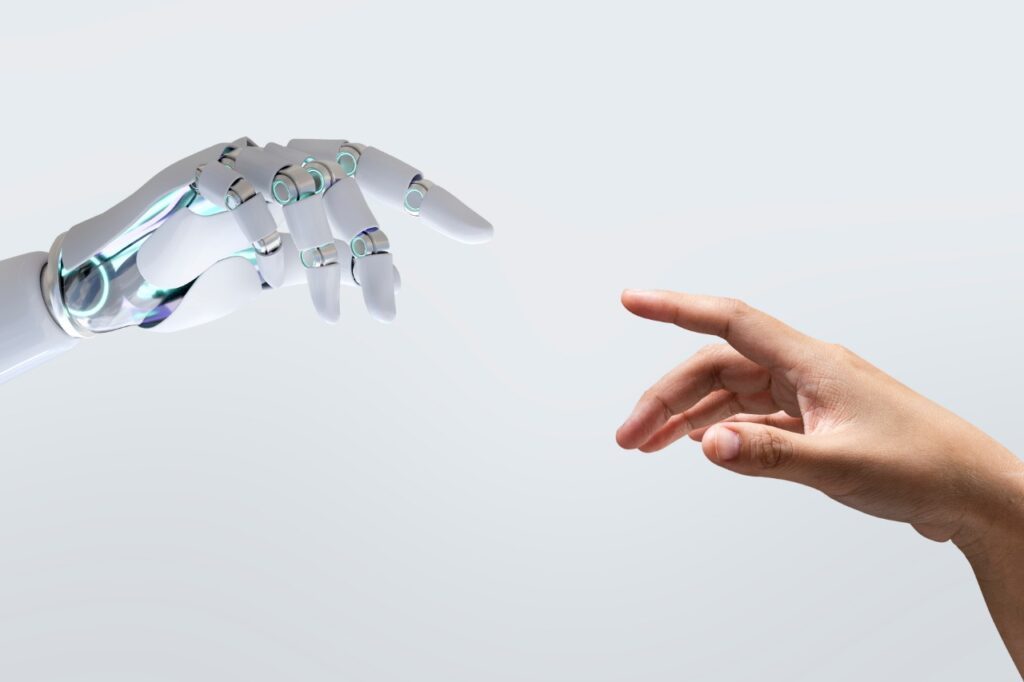The Internet is a Beautiful & a Vast world in itself! Blogging, Networking, Tagging, Buying, Selling, Renting, Driving all happening with a mere application! You thought this is it? It can’t get any better? Meet Web 3.0!
Tim Berner Lee coined the term World Wide Web and wrote 3 fundamental technologies: HTML, URL and HTTP which laid the foundation of the web. The 1st Generation of the internet AKA Web 1.0 tried to reach a wide audience by making content available for reading.
From the age of static web pages of Web 1.0, we were very smoothly ushered into the era of Web 2.0’s interactivity, social connectivity, and user-generated content. Innovations like mobile internet access, social networks and mighty mobile devices like iPhones and android phones, flooded our world with engaging apps like Facebook, TikTok, YouTube, Instagram, Whatsapp, Uber to name a few. The wave of Web 2.0 not only triggered an explosion of information and virtual content but also gained momentum in corporate adoption of Web 2.0 technologies. This resulted in the phenomenal revenue growth of the Web 2.0-centric companies—such as Apple, Amazon, Google, Netflix and Meta. This surge enabled millions of people to earn income by driving, delivering food and groceries, renting their homes and selling goods and services online.
While we were basking in the luxuries of Web 2.0, a new light is ready to startle us with the next great transformation in internet technologies aptly named Web 3.0 – A Leap forward to decentralised, trustless, permissionless network. Web 3.0 provides a platform with source code that is readily accessible and & can be modified or enhanced by anyone. Now we won’t have to struggle to frame our queries or be understood as the internet is more personal or may we say compassionate with the introduction of Web 3.0.
After Web 1.0’s basic read only version of the internet and Web 2.0’s much more flexible and interactive avatar, Web 3.0 promises to take us to a more humanly, improved, democratised internet ecosystem.
Who wouldn’t want a more satisfying and tailored edition of the Internet?

Benefits of Web 3.0
Decentralisation
Instead of using a unique web address to find information, Web 3.0 will store information in multiple locations and is decentralised. Data generators can sell or barter their data without giving up privacy & interference of the intermediaries. This breaks down the massive monopoly of Data control currently held by internet giants.
Permissionless
Web 3.0 will allow anyone to use the network without authorization from the governing body thus making it permissionless. This enables users to interact directly without going through an intermediary. Web 3.0 applications will run on Blockchains or decentralised peer to peer networks, or a combination of both.
Edge computing & Artificial intelligence
Web 3.0 technologies will be based on semantic Web concepts and natural language processing enabling it to understand information similarly to human and machine learning. The use of Artificial Intelligence will allow more sophisticated and accurate search. The internet will be able to provide a more personalised content based on a user’s interests and preferences.
Direct connectivity
With Web 3.0, information and content will be readily available as more and more applications and increasing number of devices become connected to the internet creating “The Internet of Things”
Also Read: Top 7 SDLC Interview Question & Answer (2022)
Why is Web 3.0 important?
Humans are the most intelligent species on this planet. Web 3.0 encapsulates this intelligence into providing the human-like manner of understanding data. This 3rd Generation of the World Wide Web allows us to trade information and content with global counterparties without the requirement of knowing them. Global Coordination will be possible with minimum interaction.
Is Web 3.0 used today?
Web 3.0 is still in its early stages of development. However many of its essential technologies are already being utilised and tested. For example, some technologies linked with
For instance, many Web 3.0 related technologies like artificial intelligence & machine learning, are already in use in several applications, such as search engines, chatbots for customer support, and personal assistants.
Security risks with Web 3.0
Decentralised data management of Web 3.0 makes it vulnerable to authenticity and manipulation of data. Although Blockchain technology is among the safest solutions around, over reliance on data is also a legitimate concern. However, beyond the world of social media, streaming and online shopping Web 3.0 promises to provide secure and resilient systems, making it difficult for malicious actors to control data. Users will have more control over their personal data which will in turn limit the practice of data extraction and curb the ‘network effect’.
Web 3.0, this new Avatar of the internet is just like today’s citizen, more evolved, democratised and responsive. Once Web 3.0 is accepted, people will be able to buy, own, sell and earn by selling their digital content in the form of NFTs. Web 3.0 with its ability to decipher human emotions and thoughts, new graphics technology and omnipresence has the potential to open up a whole new dimension of the internet.

